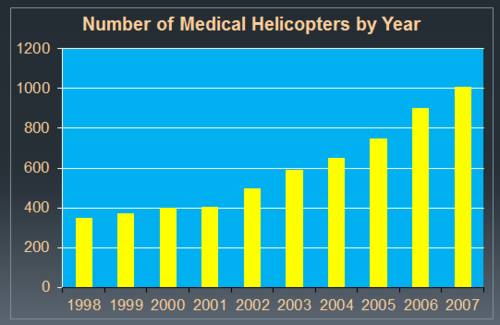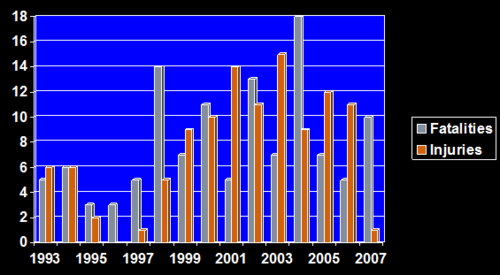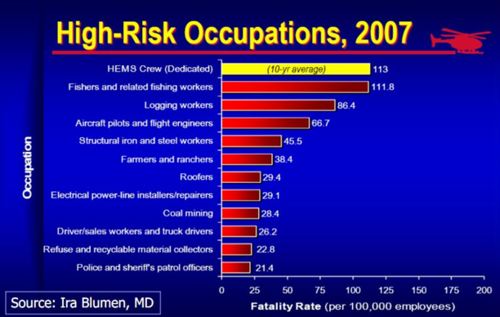Unneeded use of helicopter emergency medical services (HEMS) air transport is a problem around the world. This scarce and valuable resource tends to be over-utilized, resulting in unnecessary costs to patients and the health care system in general. Unfortunately, good and objective criteria for HEMS transport have been hard to come by.
A group at the University of Pittsburgh published a study earlier this year, developing an objective scoring system based on a huge dataset from the National Trauma Databank. They used a portion of the data to develop a model, and the remainder to test it. They developed the AMPT, which identified patients that showed a survival benefit with helicopter transport:

For this AAST abstract, they sought to validate the scoring system using an entirely different database, the Pennsylvania Trauma Systems Foundation registry. They used 14 years of data, and reviewed nearly a quarter million records. Once again, the authors were looking at in-hospital survival.
Here are the factoids:
- 20% of patients were transported by air
- But only 11% were predicted to benefit by using AMPT
- For patients with an AMPT score < 2, transport by air did not increase survival
- For patients who had an AMPT score >2 and were actually transported by air, survival was improved by 31% (!)
Bottom line: It looks like the AMPT score is a good predictor of improved survival for patients transported by air. But wait, it’s not that cut and dried. These statistics are based on populations; they cannot predict exactly which individual patient will benefit. What about those patients who actually died? Perhaps if they had gotten to the hospital a little faster, they would have done better? This is certainly a nice new tool to use in the decision-making process, but it can’t be the only one.
References:
- The air medical prehospital triage score: external validation supports ability to identify injured patients that would benefit from helicopter transport. AAST 2016, Paper #23.
- Development and validation of the air medical prehospital triage score for helicopter transport of trauma patients. Ann Surg 264(2):378-385, 2016.




